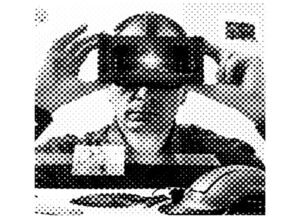Except for a VR headset, a Virtual Reality game system comprises other hardware and software. A fully immersive experience is the goal of VR gaming. In fact, a player can be cut off from the real world while playing. But a messy VR system can distort the game and take you out of the experience. Sometimes, the hardware itches or pinches. Anyways, here’s a quick look at what a complete VR game system looks like:
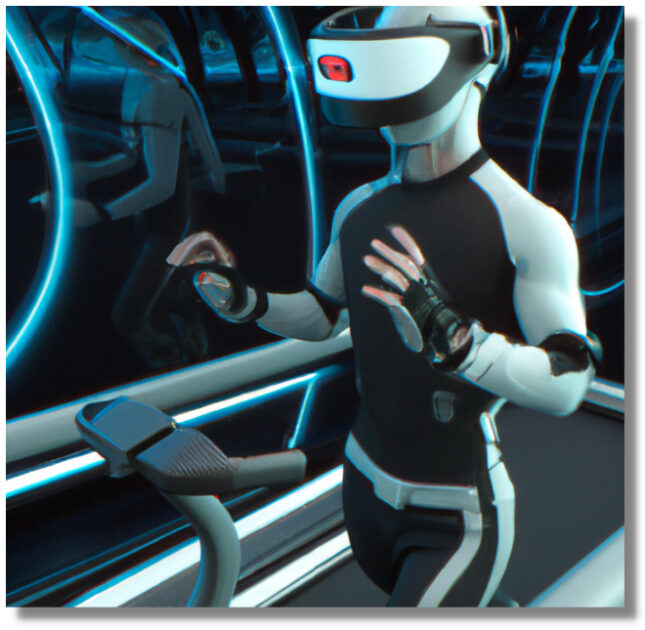
In the above image, the guy is playing a VR game with a full setup. But that’s not all. To understand the science and visual engineering behind the system, read on.
PC requirements for a VR game System
A PC’s GPU is one of the major players in the system. A GPU at least equivalent to NVIDIA GTX 970 / AMD R9 290 is a must for a VR game system. It should be powerful enough to run all the graphics-heavy games. A high-end CPU with multiple cores also helps. In fact, a VR-ready PC must have a minimum of 8GB RAM and a Video output of HDMI 1.3. Consoles like PlayStation VR and Xbox One X are also good options for gaming in VR. As they are specifically designed for VR, they don’t require additional high-end PC hardware setups.
VR System’s Hardware
Hardware includes a VR headset, tracking device, treadmill, a setup room, and controllers. Accessories may include a microphone, touchpad, and haptic feedback device. Players can use the headset to view the game world, interact with objects, and explore the environment. The tracking device monitors the player’s movements and adjusts the game accordingly. Controllers let them manipulate objects and control the character. Microphones enable voice commands and audio feedback. Touchpads provide tactile feedback. Haptic feedback devices simulate physical sensations.
VR headset
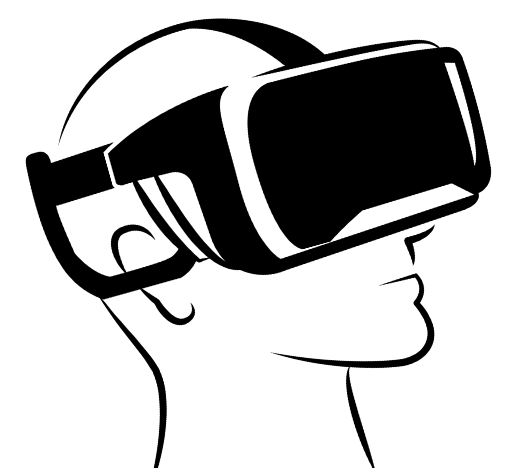
A headset that houses two small screens and a series of sensors. It allows players to view the game world in 3D. The obvious role of the headset is to provide a sense of immersion and presence. The smaller the headset is, the more degree of immersion a VR system has. To achieve best immersion, a headset should have a wide field of view, low latency, and a high refresh rate. A latency of fewer than 20 milliseconds is considered ideal for a smooth and realistic game experience. Talking about refresh rate, a minimum of 60Hz is recommended because it’s the refresh rate of human eyes. Any lower refresh rate may cause simulator sickness if you use the system for a long.
Tracking device
Usually, a camera is the tracking device in a VR game system. A tracking device is included in most VR game systems you buy. If it does not have one, you can purchase one separately:
Here is an example of a VR camera, Kodak PIXPRO SP360 4K:
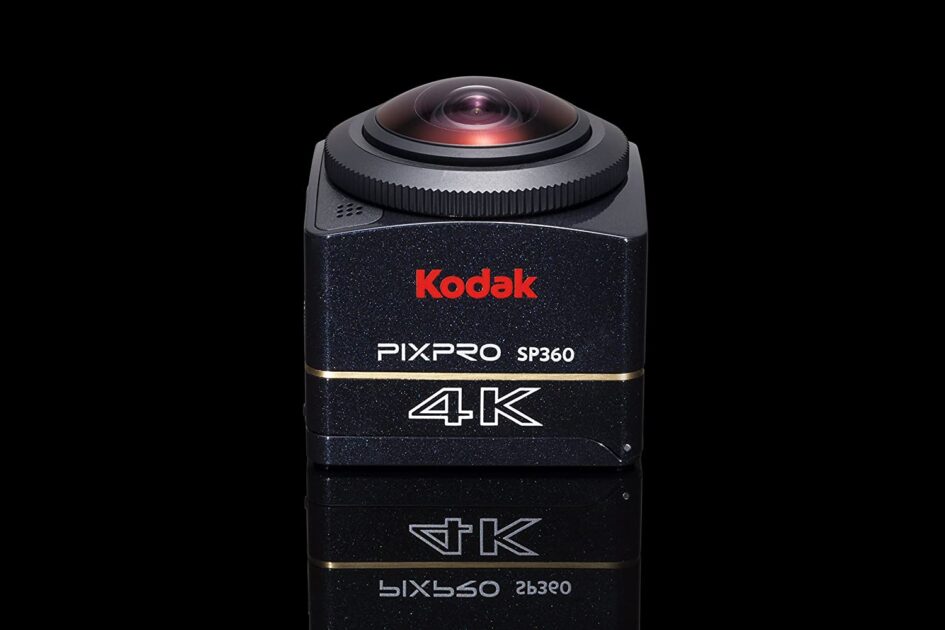
However, some advanced systems may come with sensors based on infrared, ultrasound, or other technologies. The device tracks the player’s movements and adjusts the game accordingly. For example, when the player moves their head, the camera tracks the movement and updates the game environment accordingly. This is arguably as important as the headset because it enhances the degree of immersion by much. In fact, some VR games are optimized for/rely on the tracking device, such as those with motion controls or gesture recognition. The best tracking device can track a player’s physical movement in a 3D space with minimal latency.
VR Treadmill
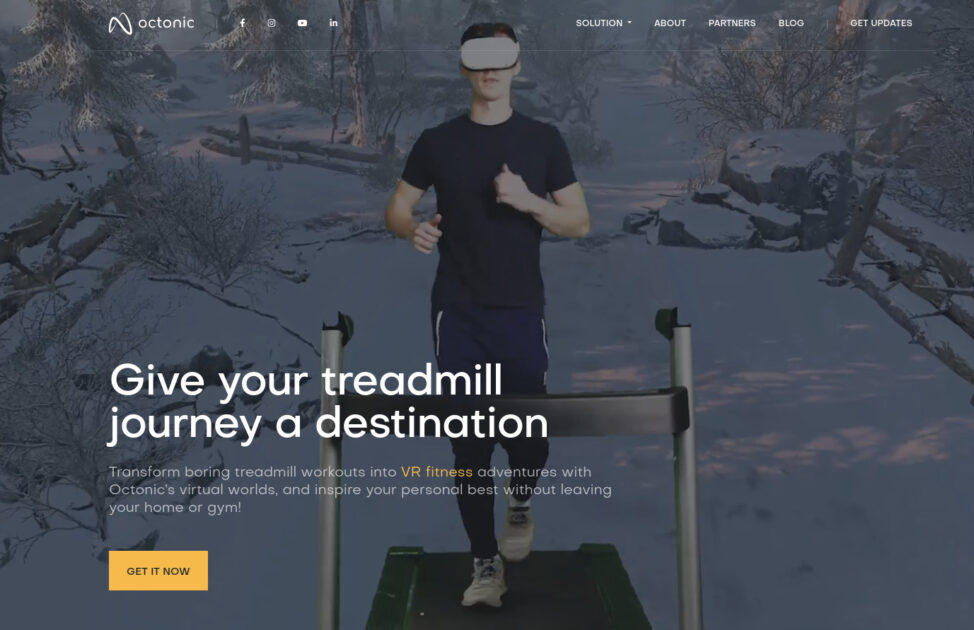
A VR treadmill allows a player to move in a virtual environment by moving in the real world. By walking or running on the treadmill, the player can explore the game world in a more realistic way. Apart from gaining a real physical experience while gaming, VR treadmills can also be used for a gaming experience while doing physical exercises. For example, even using a normal treadmill for workouts, you can use VR software with it to make it more fun and interactive. Some VR softwares even allow you to play racing games or run marathons while having a treadmill workout. Treadmills are not staple for all VR game systems, but the degree of immersion is undeniably high with one.
The room
The room where you play VR games is important for various reasons:
- The room should be large enough so that you can move around without hitting anything.
- It should be free of any distractions that can break your immersion in the game.
- The lighting in the room should be just right – not too bright and not too dark.
- The room should have good acoustics so that you can hear the game audio clearly.
Haptic feedback device
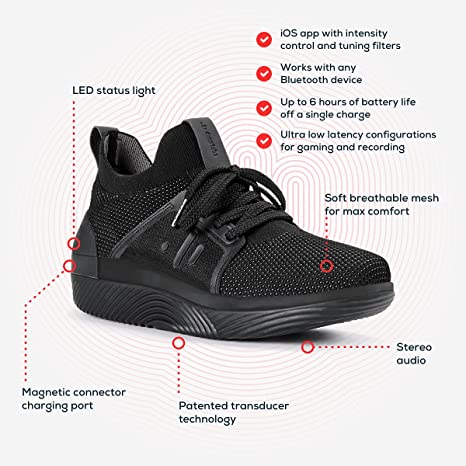

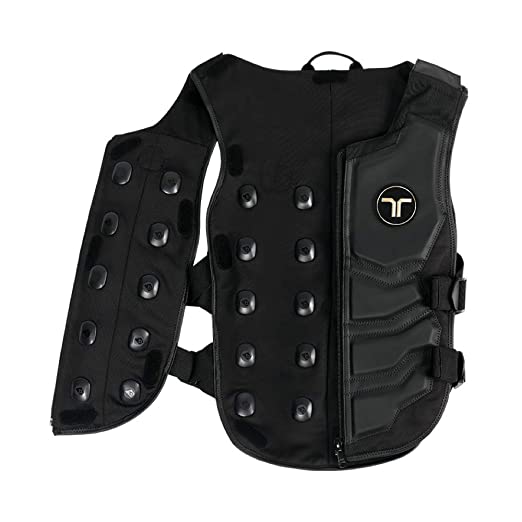
No VR system is complete, or at least shouldn’t be, without a set of haptic gloves. A haptic feedback device is a device that can simulate physical sensations. For example, a haptic feedback device can simulate the feeling of touching a virtual object. Apart from the gloves, a complete VR game system includes a vest, a pair of trousers, and boots that can provide haptic feedback. The vest, trousers, and boots are often referred to as a “haptic suit.” The haptic suit covers the player’s upper and lower body, and it can simulate a variety of sensations, such as the feeling of wind. However, for people with certain medical conditions, such as epilepsy, it is not recommended to use haptic feedback devices.
Haptx G1 – The best Haptic VR gloves in the Market.
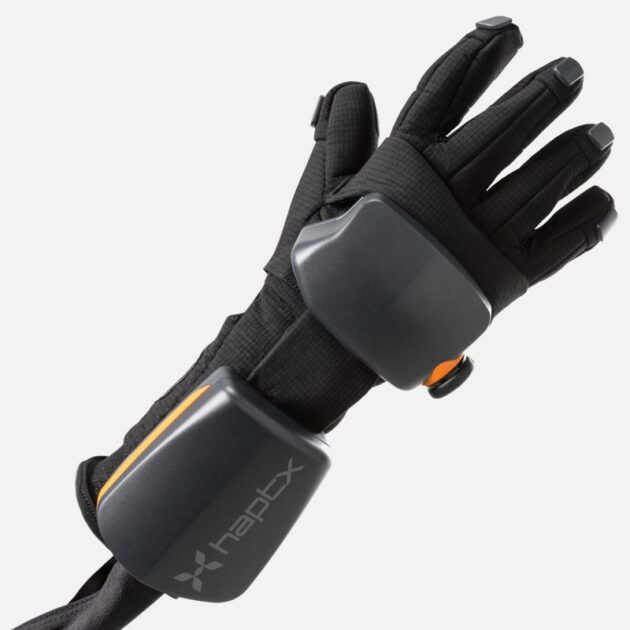
Haptx G1 VR gloves provide unmatched tactile feedback with hundreds of microfluidic actuators that physically displace skin. Force feedback applies up to 40 lbs of resistive force. Motion tracking with sub-millimeter precision and no latency. Airpack for roomscale use with 3-hour battery and no tethers. 1 lb gloves, 135 tactile actuators, 8 lbs resistive force, 36 DoF, 0.3mm accuracy, 18-month life. The thing that differentiates Haptx gloves from other VR gloves on the market is the weight of the vibrations you feel when you interact with virtual objects. This is due to the fact that there are 135 tactile actuators in each glove. This allows for much more detailed feedback and immersion into the virtual world.
VR Controller
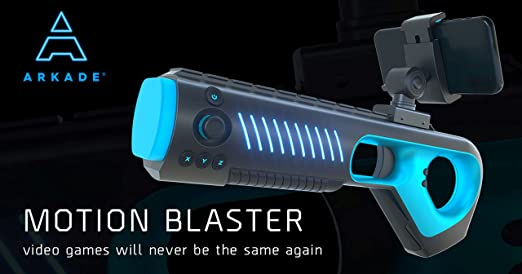
A controller is a device that lets you interact with the game environment. It can be in form of a normal game controller, a glove, a shoe, or a wand. The controller tracks your hand movements and lets you interact with the virtual environment accordingly. For example, if you want to pick up a virtual object, you can use the controller to do so. Some controllers also come with haptic feedback, as we already mentioned. Controller shoes are usually used for VR games that involve a lot of walking or running, such as racing games. That’s especially useful if the system does not include a treadmill. Other types of VR controllers include guns, paddle controllers, stilts, and steering wheels.
All of these components create an immersive, interactive experience; but not without software.
VR System’s Software/Game Visuals
Software is a combination of a game engine, game content, and a player interface. All of these components work together to create an immersive VR gaming system. Game engines provide the game’s core mechanics and visuals. Game content includes characters, levels, and other elements. The player interface allows users to interact with the game.
Game Development
The most popular VR game engines are Unity and Unreal Engine 4. Here is an example of a part of using Unity to make VR games:
using UnityEngine;
using System.Collections;
public class ExampleClass : MonoBehaviour {
void Update () {
// Get the user's input
float h = Input.GetAxis("Horizontal");
float v = Input.GetAxis("Vertical");
// Apply the user's input to the character's movement
transform.Translate(new Vector3(h, 0, v) * Time.deltaTime);
}
}The above code shows how game engines enable the game to process the user’s input and move the character accordingly. For example, in VR, the user can move their head or their hands to control the character. This part is often messy in most of the current VR games. Only a few like Beat Saber have optimized this part of the game to be smooth enough.
The above code shows how game engines enable the game to process the user’s input and move the character accordingly. For example, in VR, the user can move their head or their hands to control the character. This part is often messy in most of the current VR games. Only a few like Beat Saber have optimized this part of the game to be smooth enough. There are two main parts of the game content: storyline and graphics.
Storyline
The other part of game content is the story. A good VR game should have an interesting story that can make the player feel like they are a part of it. For example, in the game Half-Life: Alyx, the player is Alyx Vance, a member of the resistance fighting against the alien Combine. The player follows Alyx as she tries to find her father, Dr. Eli Vance. The story is told through audio logs, notes, and conversations with other characters. It’s one of those few VR games with an interesting storyline.
Graphics
A good VR game is one that is optimized for the platform you are using. And here is where software comes into play. Most VR games’s graphics are not pretty much the range of a normal PC game. That’s because of the hardware limitations of the VR headset. An optimized game covers up the hardware’s shortcoming with great art direction. A good example of this is Arizona Sunshine, which is still one of the best-looking VR games, 6 years later in 2022.
For a VR game system, optimizing the games for most headsets is necessary from the developer’s part. And when it comes to VR users, it’s better to buy a game that:
- is developed specifically for VR
- has great graphics
- has an interesting story that makes you feel like the protagonist
The role of AI in a VR game system
As we’ve mentioned numerous times in previous articles, AI is key to immersive VR experience. In a good VR game, NPCs need to be intelligent enough to make realistic decisions and react to players’ actions. This requires advanced AI algorithms and the development of sophisticated AI engines. Only a few present-day VR games offer a high level of sophistication; most are cartoonish. For example, social media trolled Zuckerberg heavily for spending billions of dollars on Metaverse, which still has bad graphics. Look at this troll on Twitter:
We’ve invested billions of dollars to finally achieve what humanity has been dreaming of – 3D graphics surpassed by Pixar’s short films from the 80s
— Girl In Heat 25’/26’ (@SpiderInStckngs) August 16, 2022
This is an alarm that developers must invest heavily in AI to create a full-blown VR game system. Using AI correctly eliminates the creepy things you see in the above image on the tweet, such as:
- Low-resolution textures
- Poorly animated characters
- Poorly modeled environments
- Repetitive or unnatural behaviors
- Nonsensical physics
AI can generate virtual terrain, simulate natural phenomena, and generate various textures and animations. It is also key to creating realistic environments, making NPCs act more like real people, and enhancing image and graphics in VR. But it’s not that cheap. For a proper VR game with realistic graphics, developers invest 7-8 figures in AI development. Below are a few examples of a basic AI algorithm I have created for a VR game system. The algorithm is written in Python and uses the OpenGL library for 3D graphics:
Calculate the distance
def AIControl(player_position, environment):
# Compute distance from player
distance = distance_calc(player_position, environment)
# If player is within range, compute a reaction
if distance < 10:
response = AIReaction(distance)
# Render 3D graphics
render_3D_graphics(response)This example above is of calculating the distance between the player and the environment, and then computing a reaction. It also renders 3D graphics based on the computed reaction, which is a key for any VR game.
NLP
AI needs to understand natural language to interpret the voice of the player and respond to the system accordingly.
def AINaturalLanguageUnderstanding(player_command):
# Parse the command and extract the intent
intent = intent_parser(player_command)
# Generate response based on intent
response = AI_response(intent)
# Return the response
return responseReinforcement learning
In a Virtual Reality game, reinforcement learning is a key part of the AI. If the system’s AI is not constantly learning, the game will become stale and easy to beat. For this reason, the developers of the game must design algorithms that allow the AI to learn from its mistakes and get better over time.
```
import numpy as np
import opengl
# Set up the environment
env = opengl.Environment()
# Create the AI agent
agent = opengl.Agent()
# Train the agent using reinforcement learning
while True:
# Take an action
action = agent.act()
# Observe the environment
observation = env.observe()
# Calculate reward
reward = env.calculate_reward(action)
# Update weights
agent.learn(reward)
```Pathfinding
Pathfinding, to allow the AI to find the shortest path between two points.
def find_path(graph, start, end):
queue = [[start]]
visited = set()
while queue:
path = queue.pop(0)
vertex = path[-1]
if vertex == end:
return path
elif vertex not in visited:
for current_neighbour in graph.neighbours(vertex):
new_path = list(path)
new_path.append(current_neighbour)
queue.append(new_path)
visited.add(vertex)
return NoneImage Recognition
Image recognition allows the AI to understand what is being displayed on the VR screen. A tracking hardware device we mentioned earlier, also plays a key role here.
def recognize_image(image):
model = tf.keras.models.load_model('image_recognition.h5')
result = model.predict(image)
return resultCognitive reasoning
Cognitive reasoning allows the AI to think and reason on its own, making the system more interactive.
def reason_about_situation(situation):
rules = RuleEngine()
rules.add_rule(‘if situation A then do action B’)
result = rules.evaluate(situation)
return resultAnimations
A VR game requires realistic 3D animations for the AI characters.
def animate_character(character, action):
model = AnimationModel()
model.load_animation(action)
model.animate(character)Bottom Line
Apart from hardware, software, and AI, there are other aspects to consider when developing a VR game system. A good VR game needs a strong storyline and immersive gameplay because otherwise, it won’t be engaging. From a user’s perspective, any game can become boring if it doesn’t offer enough content or challenge. Most systems still lack good graphics and storylines. Arguments do exist that complete immersion into a VR game could cause some people to lose touch with reality. But that’s not how technology works. And if you are a buyer, you now know what to except from a Virtual Reality system. There is always a way to improve on what exists. As such, developers do not need to be greedy and should continue to push the envelope to enhance all aspects of VR games.
- AI-Powered PCs: Overhyped Trend or Emerging Reality? - August 21, 2024
- Princeton’s AI revolutionizes fusion reactor performance - August 7, 2024
- Large language models could revolutionize finance sector within two years - March 27, 2024

